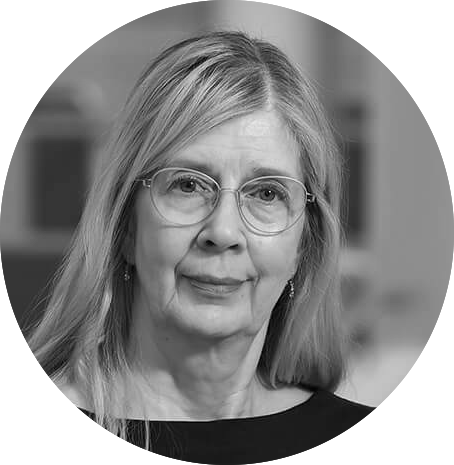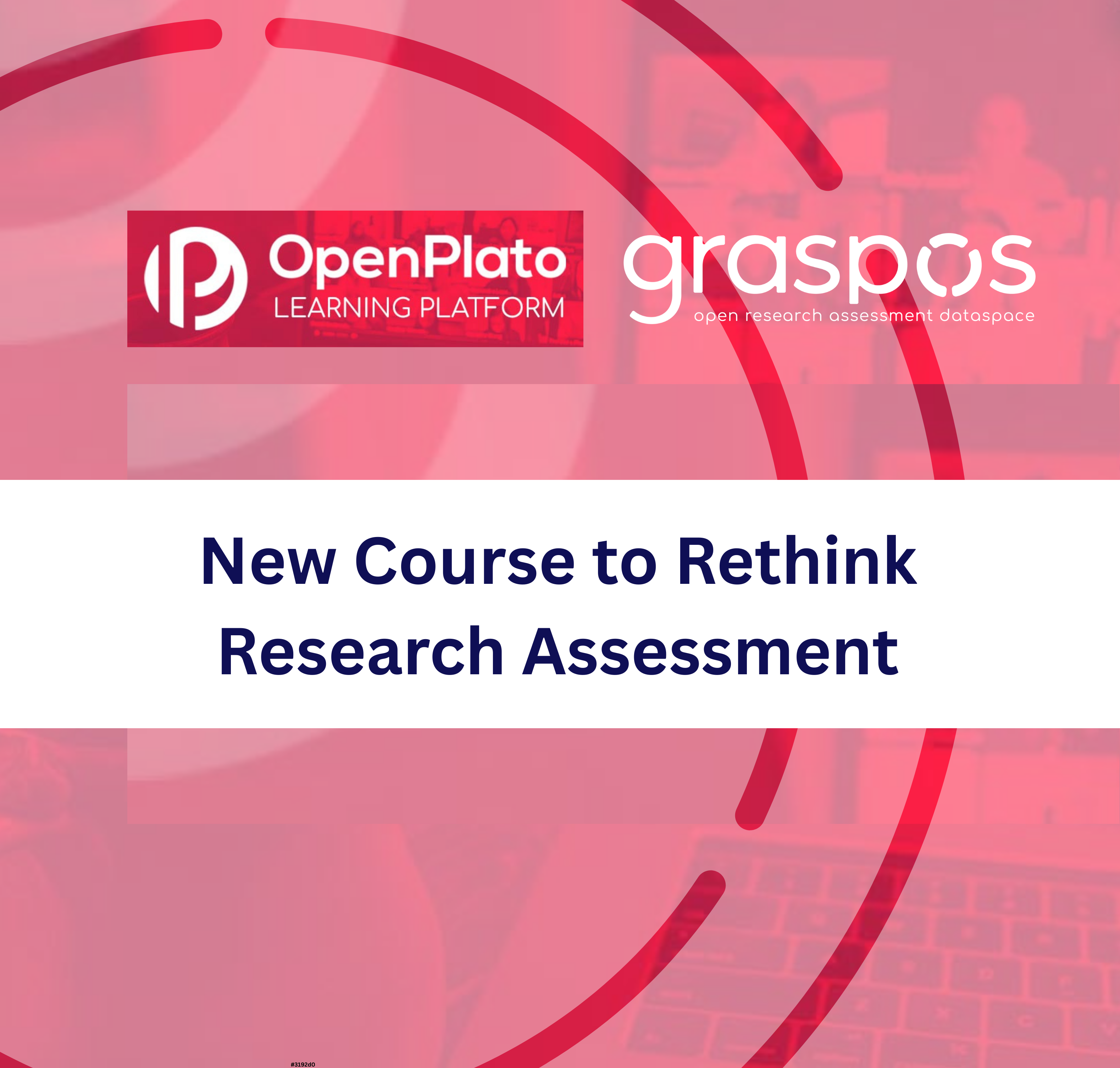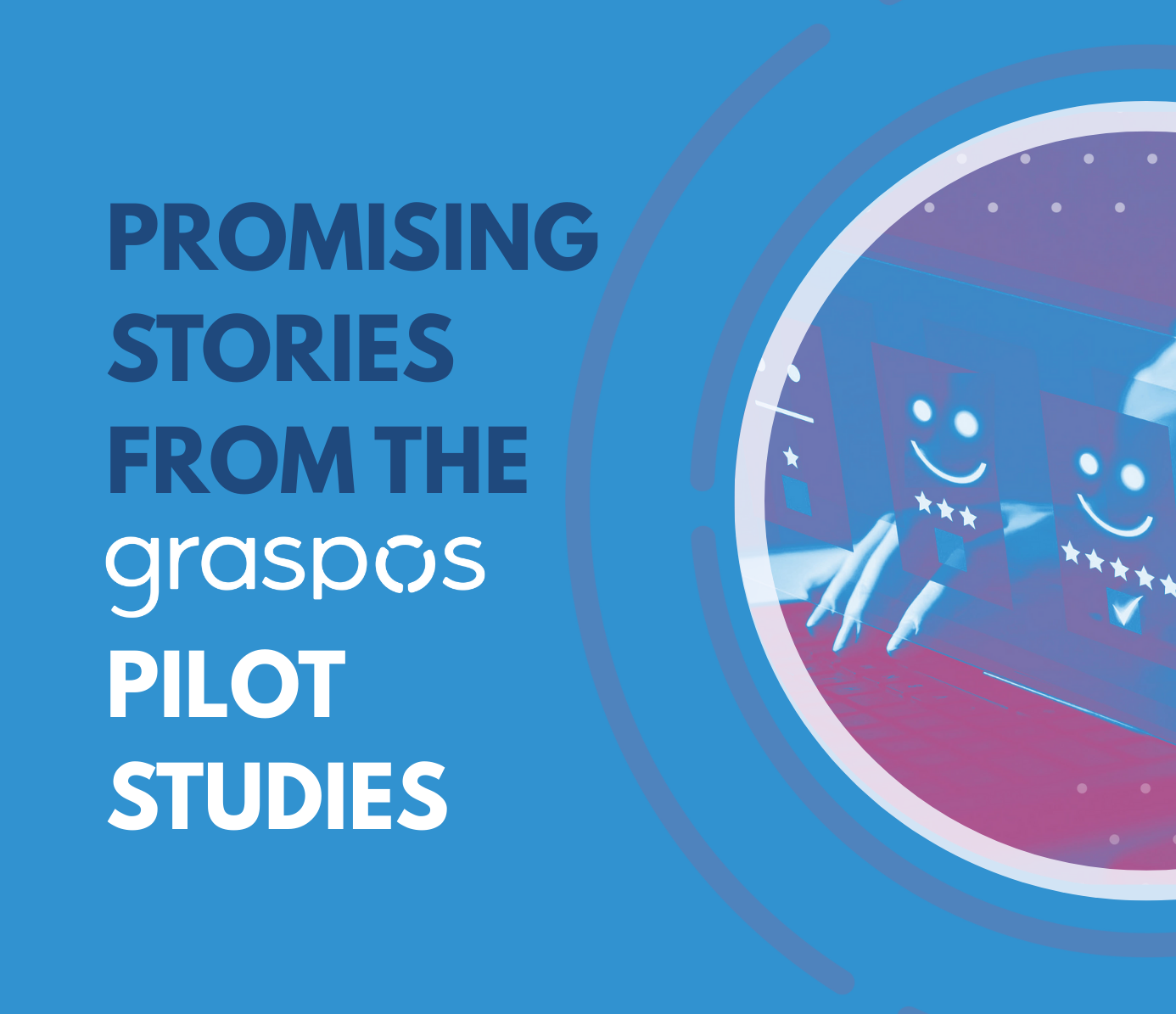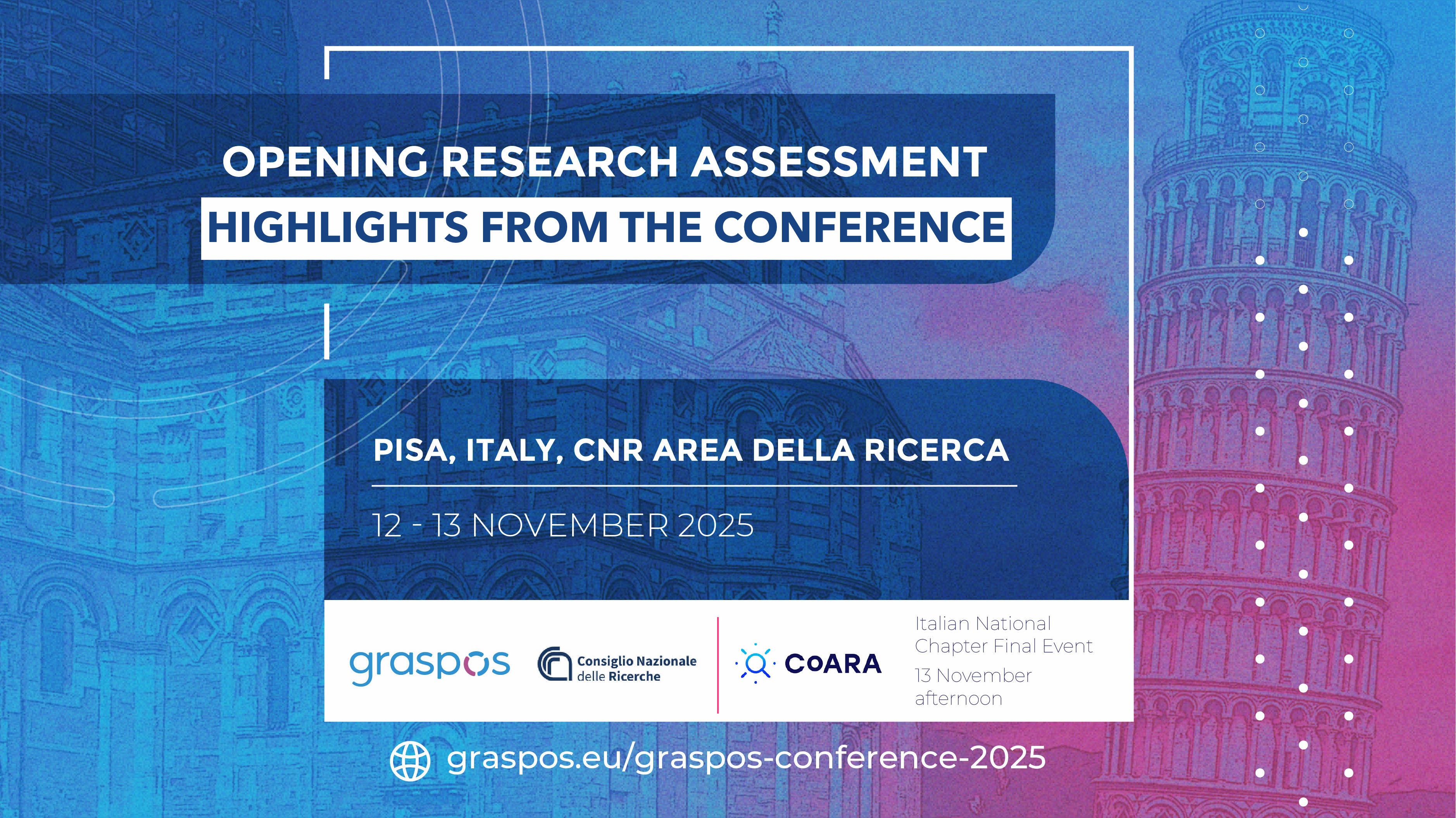Connecting the Dots: Recognising and rewarding Open Science practices in research(er) assessment
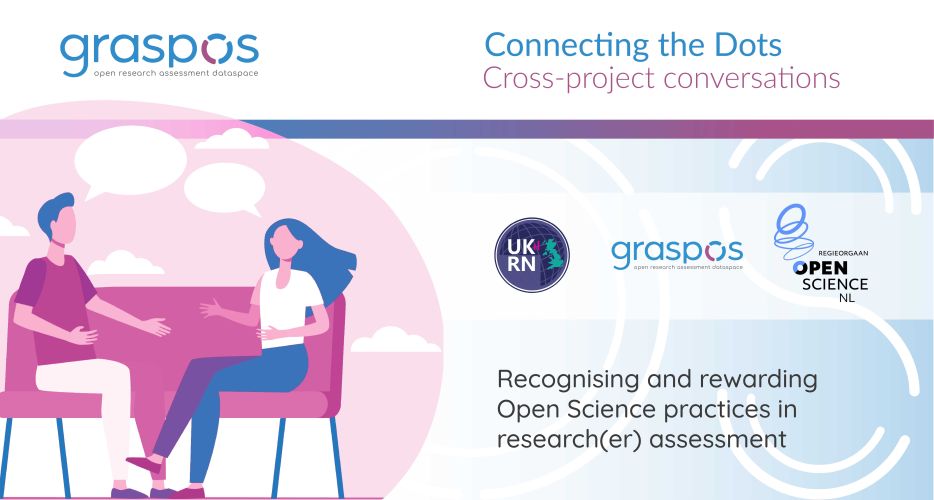
"CONNECTING THE DOTS: CROSS PROJECT CONVERSATIONS" IS ABOUT EXPLORING COLLABORATIVE EFFORTS ACROSS MULTIPLE PROJECTS TO ADVANCE THE FIELDS OF OPEN SCIENCE AND RESPONSIBLE RESEARCH ASSESSMENT. IN THIS SERIES OF DISCUSSIONS, WE WISH TO GIVE A VOICE TO REPRESENTATIVES OF PROJECTS AND INITIATIVES WITH WHOM WE COLLABORATE IN GRASPOS TO SHED LIGHT ON OUR WORK TOGETHER.
In the fourth episode of Connecting the Dots, representatives from the Dutch national coordination of Open Science in Responsible Research Assessment initiatives, the Open and Responsible Researcher Reward and Recognition Project (OR4) and GraspOS share insights on recognising and rewarding Open Science practices in the assessment of research and researchers.
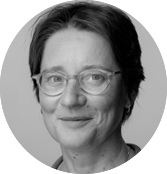 |
Inge van der Weijden - Centre for Science and Technology Studies (CWTS) at Leiden University, Project Leader of the Dutch national coordination of Open Science in Responsible Research Assessment initiatives |
|
|
Tiina Sipola - Federation of Finnish Learned Societies, Senior Specialist in the GraspOS project |
 |
Robert Darby - University of University of Reading, Founding member and toolkit development lead of the Open and Responsible Researcher Reward and Recognition project (OR4) |
Hello, Can you please introduce yourselves, what project are you working on, and what is your role in the project?
![]() Tiina: My name is Tiina Sipola and I work as Senior Specialist for the Federation of Finnish Learned Societies (TSV) and thus for the GraspOS project. GraspOS – Next Generation Research ASsessment to Promote Open Science – is an EU-funded three year project (1/2023-12/2025) with 18 partners from 10 countries. The project aims to support the emerging policy reforms and pave the way towards open science aware responsible research assessment, OS aware RRA.
Tiina: My name is Tiina Sipola and I work as Senior Specialist for the Federation of Finnish Learned Societies (TSV) and thus for the GraspOS project. GraspOS – Next Generation Research ASsessment to Promote Open Science – is an EU-funded three year project (1/2023-12/2025) with 18 partners from 10 countries. The project aims to support the emerging policy reforms and pave the way towards open science aware responsible research assessment, OS aware RRA.
At TSV our team is developing the Open Science Assessment Framework (OSAF) resources as part of GraspOS infrastructure. OSAF resources mean practical guidelines, templates and checklists to support responsible research assessment (RRA) processes.
![]() Inge: My name is Inge van der Weijden and I work as a senior researcher at the Centre for Science and Technology Studies (CWTS) at Leiden University, The Netherlands. My work focuses on responsible research evaluation and healthy research cultures. I am the project leader of the national coordination project on recognizing and rewarding Open Science, a two year project (2025-2026) funded by Open Science NL.
Inge: My name is Inge van der Weijden and I work as a senior researcher at the Centre for Science and Technology Studies (CWTS) at Leiden University, The Netherlands. My work focuses on responsible research evaluation and healthy research cultures. I am the project leader of the national coordination project on recognizing and rewarding Open Science, a two year project (2025-2026) funded by Open Science NL.
![]() Robert: My name is Robert Darby, I am the Research Data Manager at the University of Reading in the UK. I was a founding member of the Open and Responsible Research Reward and Recognition project (OR4 for short). This is a work package of the Open Research Programme, a UK initiative to accelerate the uptake of open research practices, supported by Research England and led by the UK Reproducibility Network. My main role in the project is to lead on development of the Recognising and rewarding open research toolkit.
Robert: My name is Robert Darby, I am the Research Data Manager at the University of Reading in the UK. I was a founding member of the Open and Responsible Research Reward and Recognition project (OR4 for short). This is a work package of the Open Research Programme, a UK initiative to accelerate the uptake of open research practices, supported by Research England and led by the UK Reproducibility Network. My main role in the project is to lead on development of the Recognising and rewarding open research toolkit.
In the context of the reform of research assessment, in what ways does your project support the reward and recognition of a broader range of contributions to science and society, including Open Science practices?
![]() Inge: The aim of the national coordination project is to ensure alignment between 23 institutions in developing and implementing policy plans to recognise and reward Open Science practices in the Netherlands, and to align with international reform movements.
Inge: The aim of the national coordination project is to ensure alignment between 23 institutions in developing and implementing policy plans to recognise and reward Open Science practices in the Netherlands, and to align with international reform movements.
The project organises national mutual learning meetings to inspire each other, promote collective action, and exchange knowledge and experiences, including good practices. In addition, the project is committed to developing shared principles on the recognition and rewarding of Open Science in the Netherlands. On 7 April 2025, we organized a kick-off meeting in which the institutions pitched their local initiatives.
![]() Robert: The aim of OR4 is to support the implementation of recognition and reward for open research in the researcher assessment practices of UK research-performing organisations. We are promoting this objective through two main deliverables:
Robert: The aim of OR4 is to support the implementation of recognition and reward for open research in the researcher assessment practices of UK research-performing organisations. We are promoting this objective through two main deliverables:
- The Recognising and rewarding open research toolkit includes a maturity framework and self-assessment tool that can be used by institutional stakeholders to inform planning and to measure progress and a detailed implementation guide. Over time we will add case studies illustrating different aspects of implementation. While it is aimed primarily at a UK audience, the toolkit is sufficiently generic to be adaptable to other national contexts - and in the spirit of Open Science, it is CC BY licensed.
- We convene a national community of practice, which provides a forum for exchange of knowledge and practice in this area. The community now numbers 53 institutions.
![]() Tiina: In GraspOS, the aim of the 19 OSAF resources is to facilitate the transition towards RRA with particular focus on a broader range of Open Science practices and contributions. The aim of the OSAF is to support the organisation of research assessment processes and information in a structured manner, from initial planning, to the publication of assessment protocols. Resources can be used for assessment of researchers and different types and sizes of research entities.
Tiina: In GraspOS, the aim of the 19 OSAF resources is to facilitate the transition towards RRA with particular focus on a broader range of Open Science practices and contributions. The aim of the OSAF is to support the organisation of research assessment processes and information in a structured manner, from initial planning, to the publication of assessment protocols. Resources can be used for assessment of researchers and different types and sizes of research entities.
All the resources support Open Science, particularly three guidelines, namely: 1) Open Science assessment guide 2) Guide on the diversity of Open Science contributions, roles and activities and 3) Narrative CV template, Open Science-aware guide.
The usability of some OSAF resources has already been explored by Finnish experts from research administration and management from higher education institutions and research institutes, Finn-ARMA network in a workshop organized by CSC in February 2025. Very valuable feedback was received from the workshop. In March, TSV gave a presentation on Open Science-related OSAF resources at the EOSC Finnish Forum webinar. Hopefully our presentation sparked interest in the OSAF framework so that the resources will be put to use in organisations to fit their needs after they are published in Zenodo later this year. The GraspOS project also benefits the currently ongoing development of Finnish Career Assessment Matrix, FIN-CAM.
A definition of each resource is available in the report OSAF Specifications for Pilots (Tatum et al., 2024)
What are some technical, cultural, or even political challenges that you have encountered or foresee in this transition moment towards making Open Science the new normal?
![]() Tiina: In Finland the work and contribution of the Network of Open Science and Research is crucial. But there is still a lot of work to be done. Despite the guiding principles, ambitious goals and shared values, academic recognition and rewarding systems are still either missing or incomplete with regard to recognising Open Science.
Tiina: In Finland the work and contribution of the Network of Open Science and Research is crucial. But there is still a lot of work to be done. Despite the guiding principles, ambitious goals and shared values, academic recognition and rewarding systems are still either missing or incomplete with regard to recognising Open Science.
The impact of Open Science is an interesting point of view. Contributions, research outputs and activities are quite well identified, but verifying causality and correlation between interventions e.g. policies, outcomes and research outputs e.g. publications and impact e.g. cost-savings is not easy. Also, standards for measuring the impact of Open Science are missing.
Voluntary registration of research outputs and activities other than “non-publications” in CRIS systems is a challenge. Also, knowledge base and data accuracy of non-commercial databases needs to be improved to cover a wide range of Open Science activities. Adoption of narrative CV could be a tool for researchers to highlight their OS contributions.
![]() Inge: The transition to Open Science requires a collective culture of change. In the Netherlands, the movement to Open Science has materialised in the national Recognition & Rewards programme to establish a more balanced and modern approach to recognising and rewarding academics. In 2025 the aim is to consider Open Science and Open Education activities for the development, evaluation, promotion, and hiring of staff. The institutional projects are quite diverse. They focus on different Open Science practices (e.g. FAIR data, Open Education), target different staff members (e.g. early career researchers, associate professors), and develop various activities around the promotion and awareness of these OS practices (e.g. guidelines, training).
Inge: The transition to Open Science requires a collective culture of change. In the Netherlands, the movement to Open Science has materialised in the national Recognition & Rewards programme to establish a more balanced and modern approach to recognising and rewarding academics. In 2025 the aim is to consider Open Science and Open Education activities for the development, evaluation, promotion, and hiring of staff. The institutional projects are quite diverse. They focus on different Open Science practices (e.g. FAIR data, Open Education), target different staff members (e.g. early career researchers, associate professors), and develop various activities around the promotion and awareness of these OS practices (e.g. guidelines, training).
The structured half billion euros budget cuts to higher education and research in the Netherlands will threaten the sustainability of the different projects. This presents a challenge as the existing knowledge, experiences, and needs of the institutional projects are diverse, as well as the institutional support they count on.
![]() Robert: Open science is very far from being integrated into institutional culture and the research behaviours of the vast majority of researchers. I have been a Research Data Manager at the University of Reading for over 10 years, and I have not seen any transformative shift in data sharing practices over that time. It is still a minority of researchers – maybe 10-15% - who share data supporting their research in accordance with FAIR principles, i.e. using repositories.
Robert: Open science is very far from being integrated into institutional culture and the research behaviours of the vast majority of researchers. I have been a Research Data Manager at the University of Reading for over 10 years, and I have not seen any transformative shift in data sharing practices over that time. It is still a minority of researchers – maybe 10-15% - who share data supporting their research in accordance with FAIR principles, i.e. using repositories.
The reasons for this have a lot do with how research is communicated and validated in the systems that produce, certify and evaluate research, researchers and research-performing organisations. Governments, funders, institutions, publishers and league-table companies are massively invested in the peer-reviewed publication as the representative research output. In this environment other activities and outputs struggle for oxygen. For example, in the UK’s national assessment exercise, the Research Excellence Framework (REF), over 97% of the research outputs submitted were publications; of more than 185,000 individual outputs submitted, only 31 were datasets or databases; the number of software outputs was 11. Researchers understand that in the systems where they work and build their careers, publications and related metrics are the things that count. To what extent does the political will to change the status quo exist? In the UK we have a great initiative called the Hidden REF, which is campaigning to make the full range of outputs generated by research more visible in research assessment, and to improve recognition for those in addition to academic researchers who contribute to those outputs. But this is an uphill struggle. As they point out, the proportion of non-traditional outputs submitted to recent national assessment exercises has actually declined from 6.1% in 2008 to 2.4% in 2021!
There are many practical and operational challenges. There is currently a lack of established models and standards for recognising open research within research assessment. How should open research be defined, measured, and assessed? How can principles be consistently and fairly applied while accounting for differences in discipline and type of research, career stage, professional background, etc.? How can those involved in assessing researchers be informed and empowered to take open research practices into account, and how can researchers be enabled to demonstrate open research practice in appropriate ways when making submissions for assessment? Projects such as GraspOS and OPUS are helping the sector take important and necessary steps – but it will take many years to work things out in practice and to evolve mature standards and systems.
In your opinion, which steps do research performing organisations and higher education institutions need to take so that researcher assessment policies incentivise and enable open research practices?
![]() Robert: The OR4 toolkit describes a framework for developing and implementing such policies. This identifies nine action areas organised into three themes, which broadly follow the logic of implementation, from identification of strategic aims through to established business-as-usual. It begins with a Strategy and Leadership theme, comprising Institutional commitment, Leadership and Strategy and planning action areas; an Implementation theme includes Communication and engagement, Policy and procedure, Support, systems and processes, and Guidance and training; lastly under the Managing progress theme we include Monitoring and evaluation and Research planning.
Robert: The OR4 toolkit describes a framework for developing and implementing such policies. This identifies nine action areas organised into three themes, which broadly follow the logic of implementation, from identification of strategic aims through to established business-as-usual. It begins with a Strategy and Leadership theme, comprising Institutional commitment, Leadership and Strategy and planning action areas; an Implementation theme includes Communication and engagement, Policy and procedure, Support, systems and processes, and Guidance and training; lastly under the Managing progress theme we include Monitoring and evaluation and Research planning.
For each of the action areas we describe four levels of maturity, from No Action, to Emerging, Evolving and finally Sustained. Institutions can use the maturity framework as part of a self-assessment and planning exercise to identify where they currently are and where they want to get to within a given time frame. We recognise that institutions will have different priorities, different starting points, and different targets: the framework is defined to allow institutions to focus on the areas of importance to them, and to identify goals that are relevant to their situation.
![]() Tiina: Free information sources, databases, CRIS systems, and also research funders information systems need to be improved to cover Open Science contributions. The implementation of narrative CV gives researchers the opportunity to highlight all kinds of Open Science contributions and activities, e.g. participation in Open Science communities and development projects or sharing teaching material. Anyone who contributes to the administration, design, conduct or dissemination of research should be recognised. Tangible rewards are important. A lot of training and instruction for all stakeholders is needed. Motivation is a prerequisite for learning. It cannot be emphasised enough that the benefits of Open Science must be well highlighted in education and training. Customising the message for different audiences (disciplines, research support staff, younger and senior researchers, human resources, evaluators etc) provides the best benefits.
Tiina: Free information sources, databases, CRIS systems, and also research funders information systems need to be improved to cover Open Science contributions. The implementation of narrative CV gives researchers the opportunity to highlight all kinds of Open Science contributions and activities, e.g. participation in Open Science communities and development projects or sharing teaching material. Anyone who contributes to the administration, design, conduct or dissemination of research should be recognised. Tangible rewards are important. A lot of training and instruction for all stakeholders is needed. Motivation is a prerequisite for learning. It cannot be emphasised enough that the benefits of Open Science must be well highlighted in education and training. Customising the message for different audiences (disciplines, research support staff, younger and senior researchers, human resources, evaluators etc) provides the best benefits.
![]() Inge: Our first working visits to the institutes show that many research performing organisations in the Netherlands face the challenge of translating the monitoring and recognising of Open Science practices into a fair and equitable rewarding system without falling into the creation of tick boxes or quantitative indicators that would substitute informed and meaningful assessment. This challenge will be further discussed in our second national meeting in September 2025.
Inge: Our first working visits to the institutes show that many research performing organisations in the Netherlands face the challenge of translating the monitoring and recognising of Open Science practices into a fair and equitable rewarding system without falling into the creation of tick boxes or quantitative indicators that would substitute informed and meaningful assessment. This challenge will be further discussed in our second national meeting in September 2025.
Is there anything else you wish to add?
![]() Tiina: I am thankful for the opportunity to work on the GrapsOS project. It is exciting to work with a wide range of experts and to follow the development of Open Science-aware RRA.
Tiina: I am thankful for the opportunity to work on the GrapsOS project. It is exciting to work with a wide range of experts and to follow the development of Open Science-aware RRA.
![]() Robert: In many institutions recognition and reward for open research is not even identified as a strategic priority, so getting it on the table for discussion in the first place can be a hurdle. In the UK, in the next REF, which takes place in 2029, universities will be assessed in part on their support for open research. To an extent, this has focused senior leadership attention on the open research agenda, given that REF outcomes determine the amount of Government funding UK universities receive! But open research is only a small part of the overall assessment, so I would not overestimate its influence!
Robert: In many institutions recognition and reward for open research is not even identified as a strategic priority, so getting it on the table for discussion in the first place can be a hurdle. In the UK, in the next REF, which takes place in 2029, universities will be assessed in part on their support for open research. To an extent, this has focused senior leadership attention on the open research agenda, given that REF outcomes determine the amount of Government funding UK universities receive! But open research is only a small part of the overall assessment, so I would not overestimate its influence!
Thank you very much for your time Tiina, Inge and Robert!

